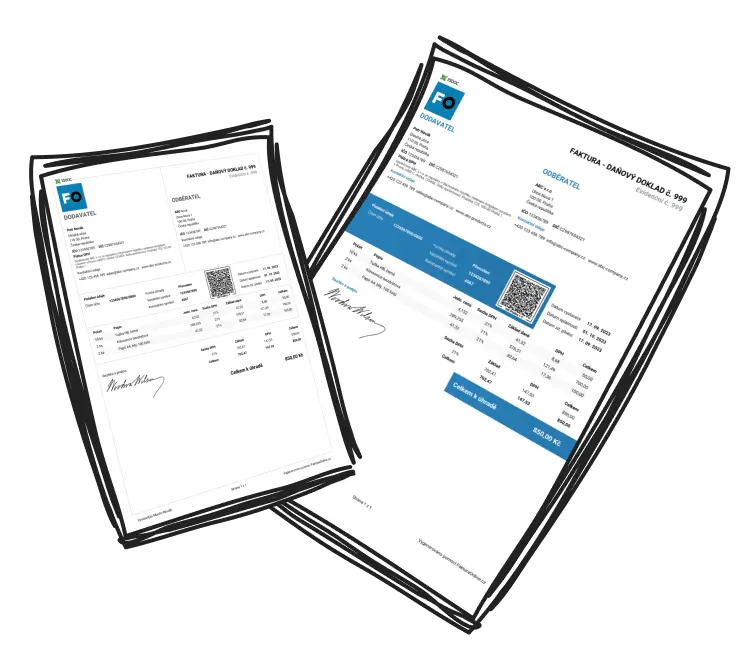Business meetings are an essential part of any organization, helping teams collaborate, solve problems, and achieve goals. But not all meetings are created equal—different objectives require different formats. In this article, we’ll explore the various types of business meetings, identify the most common ones, and guide you on choosing the best fit for your company.
What Are the Different Types of Business Meetings?
There are various types of business meetings, each tailored to specific organizational goals. These meetings play crucial roles in driving productivity and collaboration. Here are some of the most common types:
Status Update Meetings
Used to share ongoing project updates, track progress, and maintain alignment across teams.Planning Meetings
Brainstorming and strategy sessions focused on setting short- or long-term business goals.Problem-Solving Meetings
Collaborative discussions aimed at tackling challenges and finding actionable solutions.Brainstorming Sessions
Creative gatherings designed to generate new ideas and foster innovative thinking.Training or Workshop Meetings
Focused on skill development, onboarding, or introducing new processes.Client-Facing Meetings
Includes presentations, sales pitches, or onboarding sessions to build client relationships.Performance Reviews
One-on-one discussions evaluating individual or team performance and setting future objectives.Annual General Meetings (AGMs) and Board Meetings
Governance-focused meetings designed for stakeholder alignment and decision-making.
These types serve unique purposes and can be tailored to meet the needs of different organizations.
Which Types of Business Meetings Are Most Common?
Among the various types of business meetings, status update meetings are particularly popular as they ensure alignment and accountability within teams. Planning meetings are indispensable for discussing strategies in changing markets, while client-facing meetings like sales pitches are vital for revenue-driven businesses. Companies also rely heavily on problem-solving meetings to address urgent challenges. For companies embracing growth, regular training sessions and performance review discussions help support employee development.
- Team Check-Ins: Often held weekly or monthly, these brief meetings help employees share progress, address blockers, and realign priorities.
How Can Your Company Decide Which Type of Meeting to Use?
Choosing the right type of business meeting involves understanding your goals, participants, and expected outcomes. Follow these steps to make an informed decision:
Define the Objective
Begin by clarifying the purpose—information sharing, problem-solving, planning, or creative ideation.Identify the Audience
Determine whether the meeting involves internal teams, external clients, or stakeholders. Tailor the meeting specifics to suit their needs.Evaluate Time and Resources
Assess how urgent and critical the purpose is, choosing just-in-time formats like problem-solving for pressing matters.Match the Format to the Intensity of Goals
Use brainstorming sessions for creative solutions, structured updates for routine tracking, and performance reviews for professional insights.

Tip
Always set clear objectives before scheduling a meeting to save time and maximize efficiency.
Are There Specific Types of Business Meetings for Different Purposes?
Indeed, specific types of business meetings align closely with organizational goals, aiding in achieving various objectives. Below is a comparison of meeting types and their intended purposes:
Meeting Type |
Intended Purpose |
|---|---|
Brainstorming Sessions |
Generating innovative ideas |
Team Check-Ins |
Ensuring alignment and sharing updates |
Performance Reviews |
Delivering feedback and setting goals |
Town Halls |
Sharing organization-wide announcements |
Budget/Financial Meetings |
Allocating resources and forecasting |
This alignment ensures businesses achieve their desired outcomes efficiently.
Which Business Meetings Work Best for Small Companies?
Small businesses benefit from concise, purpose-driven types of business meetings, which help in operating efficiently. For these organizations:
One-on-Ones: Build strong relationships and address individual challenges.
Strategy Meetings: Ensure long-term planning in agile environments.
Daily Standups or Team Huddles: Provide quick, focused updates to maintain momentum.
By focusing on only necessary meetings, small businesses can operate efficiently while fostering collaboration and growth.
By understanding and implementing the right types of business meetings, companies—large or small—can ensure they meet their objectives while optimizing resources. Use this guide to select the perfect fit for your needs and elevate your organization's productivity!


